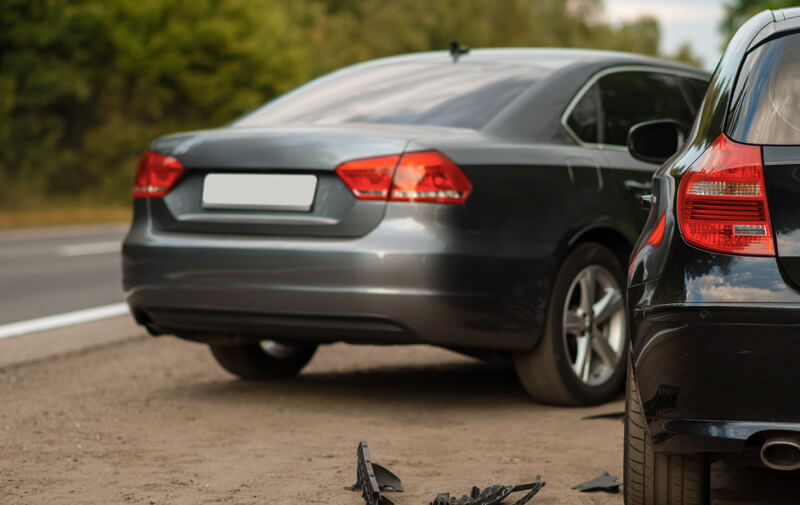- Dr David Colvin
Motor vehicle injuries at work
motor vehicle injuries
 David: Can an injured worker claim under both schemes?
David: Can an injured worker claim under both schemes?
Peter: It’s difficult, from today’s perspective, to imagine that there was once a time in Australia where there was no statutory compensation cover for work injuries and death. Historically injured workers (or their families in cases of death) could only recover compensation by suing an employer and proving negligence.
Sweeping reforms in the early 20th century gave workers access to a broad range of compensation benefits without the need to sue. It was enough that the injury arose out of or in the course of employment. The trade-off for gaining broader access was, of course, limits on benefits and caps on awards.
 David: So, what happens to persons injured by a negligent driver in the course of their employment? Can you get both?
David: So, what happens to persons injured by a negligent driver in the course of their employment? Can you get both?
Peter: Generally speaking, common law damages are designed to replace an injured person’s entire losses. It does this by granting a right to a single lump sum of compensation which can be agreed between persons as part of a settlement or be awarded by order of a Judge.
On the other hand, “no fault” statutory workers’ compensation makes no such claim to full restitution. Indeed, it is defined by technical eligibility rules; forms and formalities; as well as defined limits on what gets paid and when it stops.
Currently, in Western Australia, persons injured by a negligent driver have access to common law damages (with some notable modifications) and persons injured in the course of their employment have access to no-fault compensation.
There is an important first qualification. It has long been the case that your commute to and from work does not qualify as being “at work” for the purposes of workers’ compensation. There are nonetheless countless numbers of employees who may be lawfully in the course of employment whilst driving. A mechanic may need to test drive a vehicle. A manager may have multiple offices to call upon during the working day. Sales representatives may be driving for more hours a week than they have appointments – the list goes on.
A worker injured in these circumstances by a negligent driver will have potential access to the “no-fault” workers’ compensation scheme. A percentage of lost income can be recovered during periods of incapacity certified by doctors. Medical and incidental expenses can be reimbursed as they arise and there are sums reserved for vocational rehabilitation where required. The great benefit of such a scheme is the immediacy of reimbursement. Employers need to be notified of injuries as soon as practically possible and claim forms together with certificates of capacity passed to the employer.
Concurrently, the State Third Party Insurer (ICWA) for vehicle accidents should also be notified of the accident and injuries and notification of a common-law claim made. For all but the most trivial injuries, an injured worker will usually fail to recover all their losses under workers’ compensation. There will be gaps. Sometimes there will be significant gaps in actual lost income and superannuation and equipment or treatment needs. The potential exists then to negotiate a lump sum with ICWA at the point of maximum medical recovery which recovers those gaps.
An injured person is unable to recover twice for the same injuries so any settlement with ICWA must involve the workers’ compensation insurer as they have a right of recovery against any damages settlement or judgment. The concept sounds straight forward, but the reality of negotiating with two insurers can be complicated and there can be traps.
Injured workers accessing statutory compensation benefits retain the right to sue employers for negligence in limited circumstances (common law claim). An injured worker intending to sue his or her employer must consult an Approved Medical Specialist and be assessed at meeting a defined level of permanent impairment.
For motor vehicle claims, whilst notice of the claim must be given as soon as practically possible, there is a Termination Date (limitation period) of 3 years from the date of the injury, and in certain cases, it is longer than 3 years.
The crossover between statutory compensation and common law can be a complex landscape. Seeking professional legal advice from a specialist injury lawyer is highly recommended for anyone finding themselves injured in a work-related vehicle accident.
David: Thank you, Peter. In a positive move, the Termination Date for bringing a common law claim against an employer has now been extended to three years, to bring it into line with motor vehicle claims. Previously it was twelve months.
